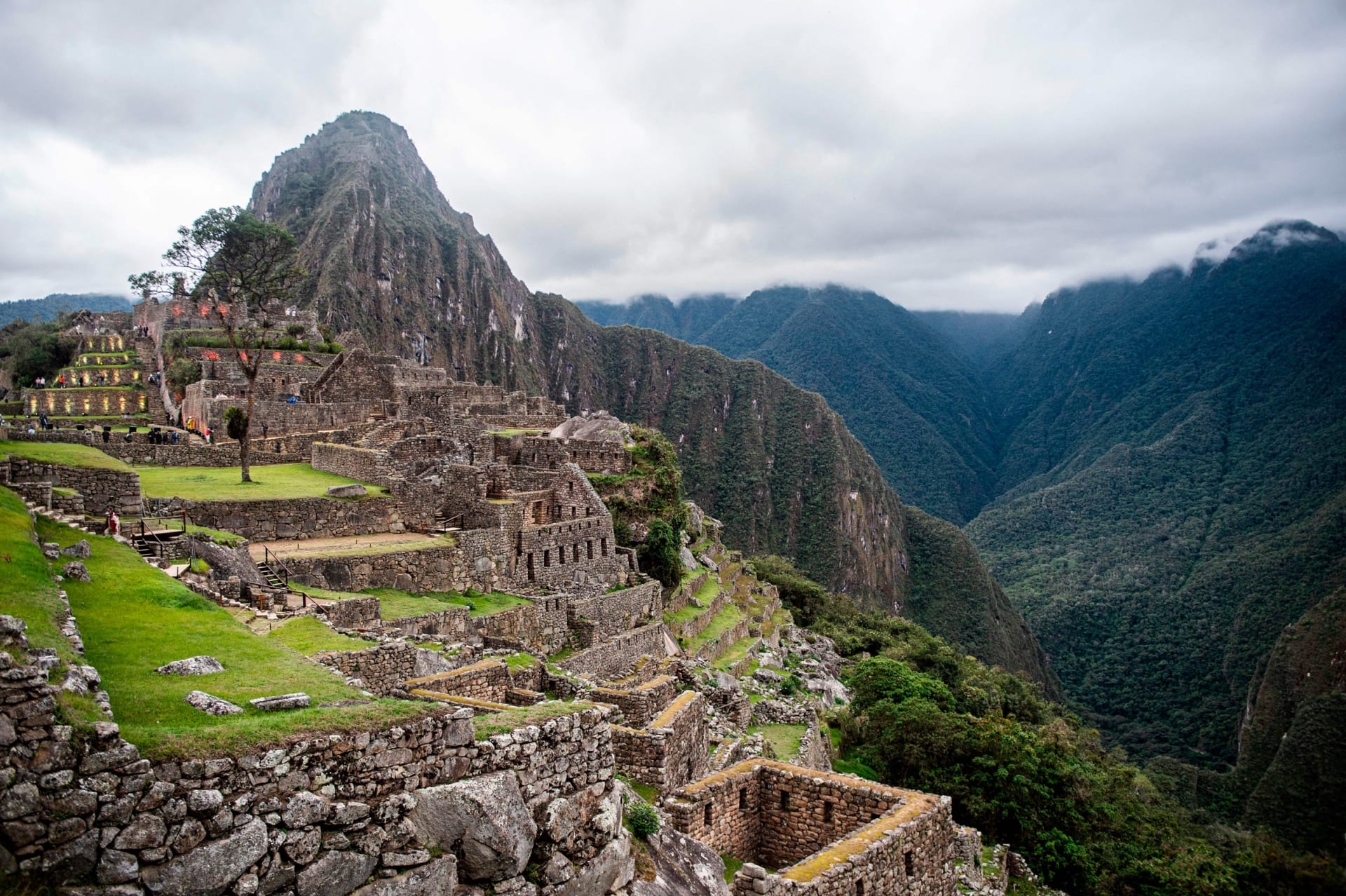دبي، الإمارات العربية المتحدة (CNN) -- قال تقرير نُشر في مجلة Ñawpa Pacha" التابعة لـ"the Institute of Andean Studies" إنه تم اكتشاف الاسم الحقيقي لمدينة الإنكا "ماتشو بيتشو" الأثرية، وأضاف التقرير أنه يصعب التخلّص من بعض الأخطاء، خاصة إذا كانت تعود إلى أحد أشهر المواقع الأثرية في العالم.
ورجّح التقرير أن يكون شعب الإنكا الذين بنوا المدينة القديمة أطلقوا عليها اسم هواينا بيتشو.
وقالت إميلي دين، أستاذة علم الأجناس البشرية في جامعة ساوثرن يوتا في مدينة سيدار سيتي الأمريكية، غير المشاركة في وضع التقرير، إن ترجمة كلمة Huayna هي "جديد أو شاب"، فيما تعني كلمة "Picchu" "قمة الجبل" بلغة الكيتشوا الأصلية.
وأضافت أنّ كلمة "Machu" تعني "قديمة" لذلك كنا نطلق على هذه المدينة اسم قمة الجبل القديم.
ويُعتقد أن مستوطنة الإنكا بنيت قرابة عام 1420، كملكية للإنكا الملكية التي تعيش في كوزكو، عاصمة إمبراطورية الإنكا، بحسب مؤلف التقرير بريان باور، أستاذ علم الأجناس البشرية في جامعة إلينوي بمدينة شيكاغو.
وذكر التقرير أنه عندما غزا الإسبان الإنكا في وقت لاحق، تم التخلي عن هواينا بيتشو، التي كانت مخبأة لقرون في أعماق جبال الأنديز، إلى أن وقع عليها المستكشف الأمريكي حيرام بينغهام، عام 1911.
الترجمة هي السبب
في ملاحظاته الميدانية، قرر بينغهام الإشارة إلى المدينة القديمة باسم ماتشو بيتشو، استنادًا إلى المعلومات التي قدمها له مرشده ميلكور أرتياغا، وهو مزارع يعيش في المنطقة، بحسب باور.
وعثر باور خلال بحثه في ماتشو بيتشو على دليل يفيد بأن اسمها الأصلي كان مختلفًا. واكتشف مؤلف التقرير دوناتو أمادو غونزاليس، المؤرخ في وزارة الثقافة في البيرو، على نحو مستقل الدليل عينه لباور، فقررا التعاون معًا لاكتشاف الاسم الحقيقي.
وراجع الباحثان ملاحظات بينغهام، حيث ذكر أنه لم يكن متأكدًا من اسم الآثار عندما زارها لأول مرة. من هذه النقطة، عاد باور وأمادو غونزاليس إلى الخرائط والأطالس المطبوعة قبل زيارة بينغهام، وبعدها.
وأوضح باور أنّ إحدى أكثر الوثائق إثارة للإعجاب، كان تقريرًا يعود لعام 1588، يفيد بأن السكان الأصليين في منطقة فيلكابامبا يفكرون بالعودة إلى هواينا بيتشو.
وقالت دين إن الخطأ بالاسم ليس مفاجئًا، لأن العديد من علماء الآثار غير البيروفيين لم يبذلوا الكثير من الجهد للبحث عن أسماء الأماكن، ولم يكونوا يفهمون لغة الكيتشوا تمامًا.
وأضافت: "على نطاق أوسع، فإن هذا الاكتشاف يتحدى الرواية الشعبية بأن حيرام بينغهام اكتشف ماتشو بيتشو"، وتابعت أنّ السكان المحليون علموا بالموقع قبل وقت طويل من وصول بينغهام.
تغيير الاسم غير وارد
ورأى باور إنه رغم اكتشاف الاسم الأصلي للمنطقة، فمن المحتمل أن تحافظ على اسمها ماتشو بيتشو.
وأضاف "لن نقترح تغيير الاسم لأن ماتشو بيتشو معروفة في جميع أنحاء العالم".
ولفتت دين إلى أنّ ماتشو بيتشو واردة أيضًا في آلاف الكتب، والمقالات، والإعلانات، والوثائق القانونية.
وأشارت إلى أنّه رغم تبني شعب بيرو وحكومته الاسم الجديد، لأنه يشكل إضافة مثيرة على تاريخ الموقع، إلا أنه لن يغير الاسم الحديث.
